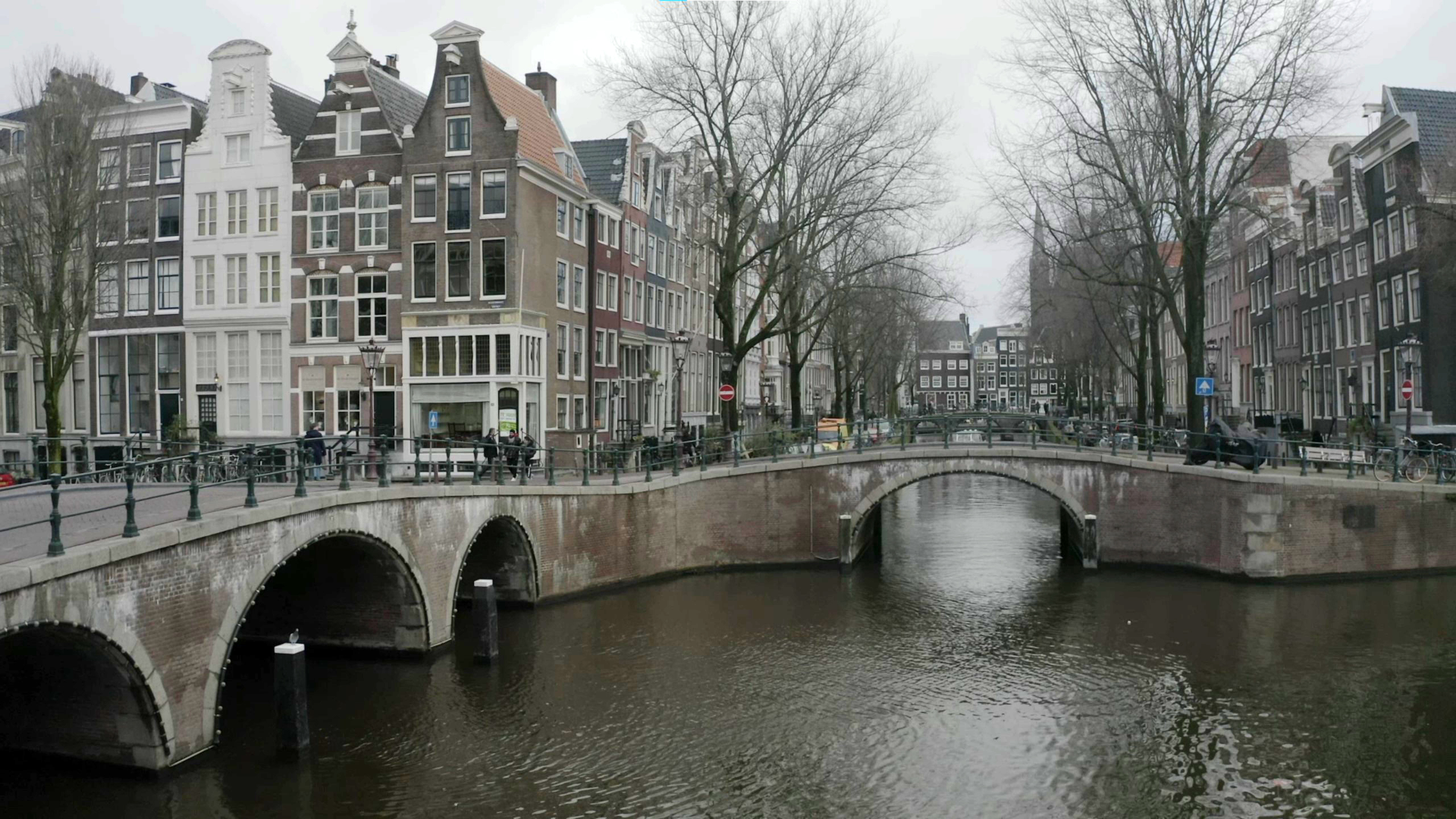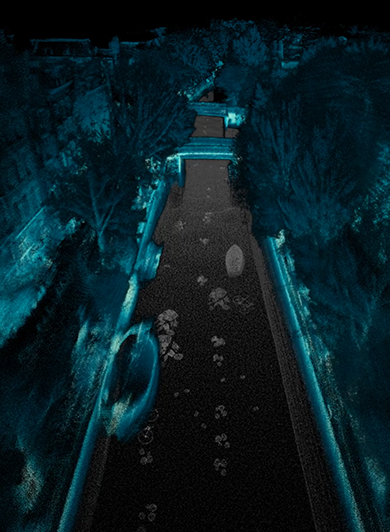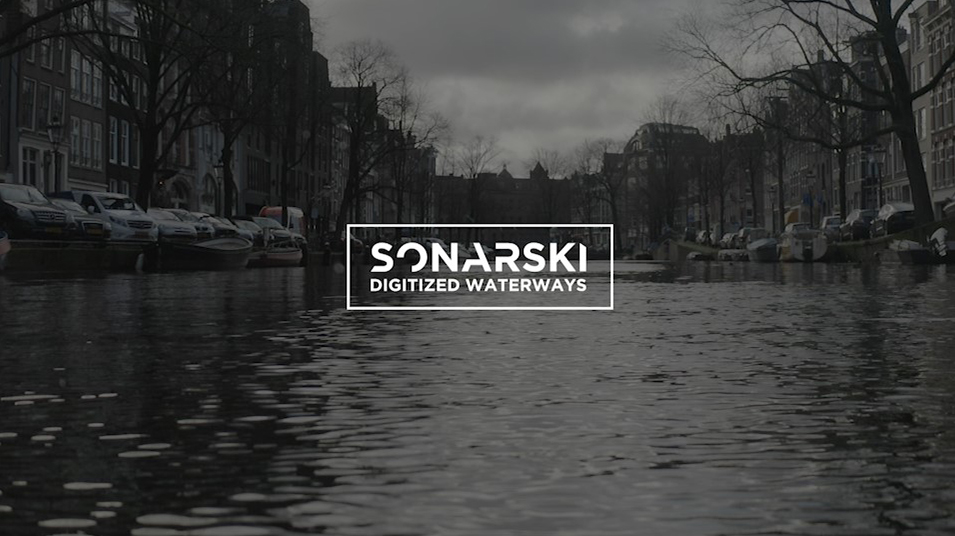It took us some time to do our fully planned route, but we were done in under two hours. We wanted to scan as much as possible so we could cherry-pick different sections and see if we had a correct loop closure. The loop closure test was done by going in a circle on the canal and trying to make our starting point align with our endpoint as close as possible.
With our scanning complete, we needed to process the data. One problem we had to face was the processing of a huge amount of data. Only a couple of minutes of scanning can already produce millions of points once the SLAM algorithm produces the point cloud. We had huge scans of 20 to 30 minutes at the time. Therefore, we decided to process the data in parts and picked our best parts of these scans for further processing. The results varied. At times the algorithm would create a skewed point cloud without there being motion in our scan, and sometimes the point cloud would look fuzzy or glitched. Overall, the test was a success and provided us the information we needed to further perfect our algorithm.



